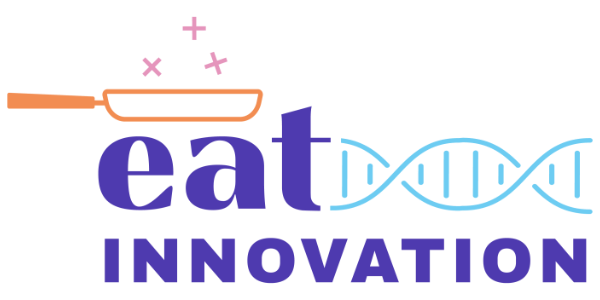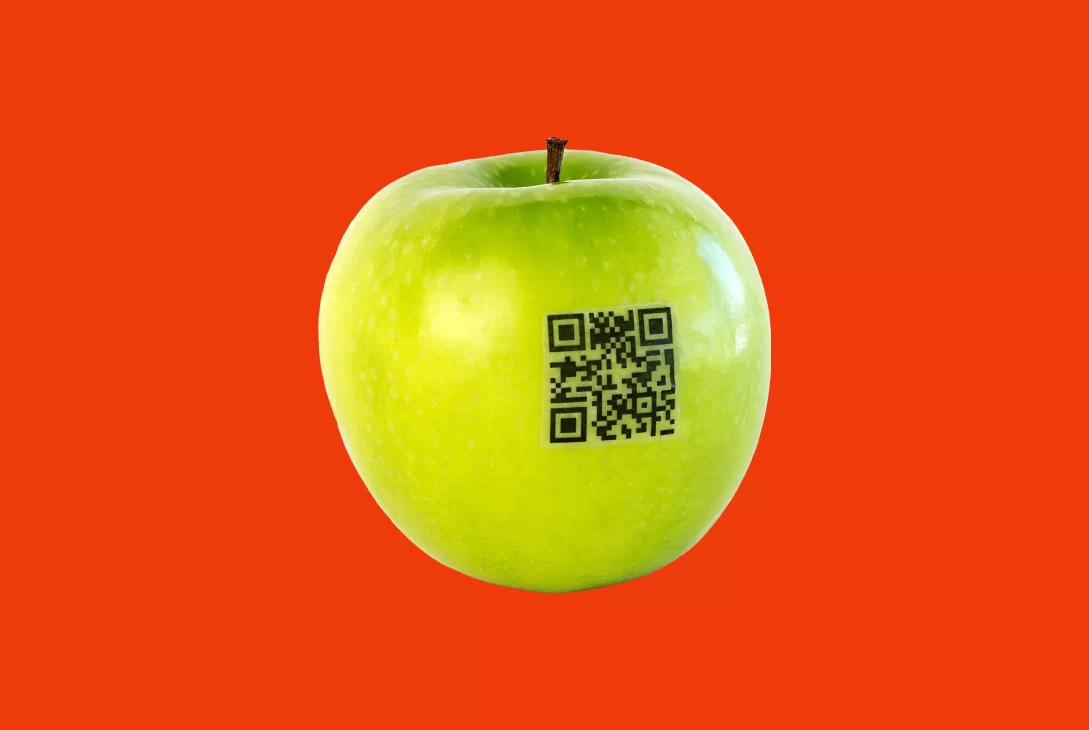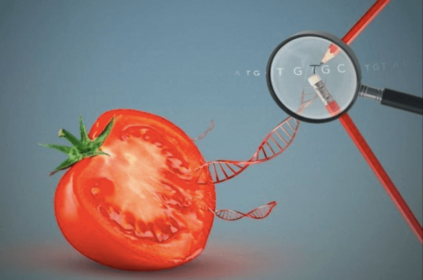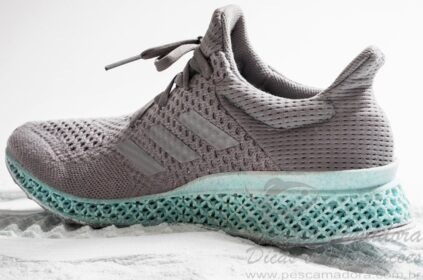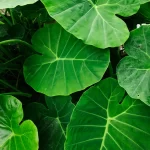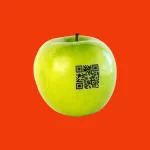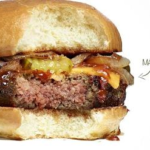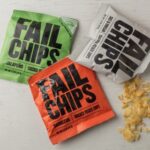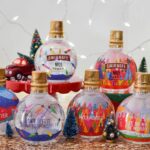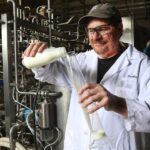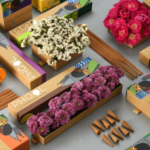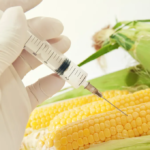They are among us every day, but they end up going unnoticed. What if barcodes were edible? They would definitely attract a lot more attention, don’t you agree?
This isn’t really a question of “what if”. The edible barcode already exists. First it was applied for medical purposes and now it is reaching food.
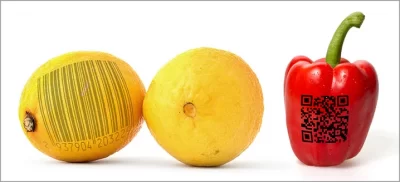
Image: Food & Beverage Network
What is a barcode for?
This format was created in the 1950s and hides a super organized classification system, created from numerical combinations represented by the famous black stripes. This classification facilitates product identification and is used in consumer goods such as food and medicines.
The QR code is an evolution of the barcode, as it can store more information and when converted into text, it allows the insertion of an internet address (URL). And you thought that QR code was only used to access menus in restaurants during the pandemic…
Medicines came first
Pharmaceutical companies produce medicines in large quantities and with a limited number of capsule colors. Therefore, often, despite having different illnesses and needs, patients need to take medications that appear to be the same.
Therefore, experts from the University of Copenhagen, Denmark, developed a barcode (more precisely a QR Code) to personalize treatment for each patient. These are personalized medicines that have edible QR codes with all the detailed information about the medicine.
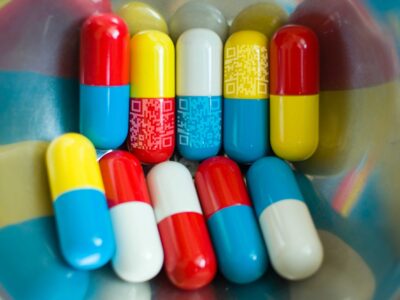
Image: PROCSILAS MOSCAS/FLICKR
Paying attention to specific details, the researchers prepared edible medicines on which they printed the QR code. As the QR Code contains all information related to the medicine, the patient can check the compounds they consume, simply by scanning them with their cell phone, while the doctor avoids errors when administering the medicine.
The system is very promising because the medicine can be dosed as needed. With QR code technology, the medicine can be adapted in relation to the patient’s specific pathology.
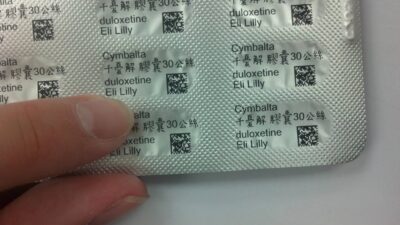
Image: China Times
How about an edible barcode on your cookie?
Japan is one of the countries most concerned about increasingly reducing its country’s waste production. And that’s where there’s a real race to develop edible labels, and that includes barcodes.
As the world tries to reduce the consumption of extra packaging, Japan is looking to develop non-toxic edible food labels that do not alter the taste or appearance of the food and that reading do not involve destroying the food itself. And cookies were chosen as foods that pioneered this trend.

How does printing the code on the cookie work?./ Image: Miyatake et al., ACM UIST 2022
In this way, a QR code made from the biscuit itself is used as a label, thus resolving any flavor and texture issues. In other words, don’t worry about tasting plastic or paper in your cookie. The barcode will taste like a cookie.
Even better, because all the information is contained inside the food, the outside appearance of the cookie remains completely unchanged. And because a simple backlight makes the QR code visible, information is readily available to producers, retailers and consumers, just a cell phone away.
Edible barcode that prevents counterfeits
Reducing the amount of packaging and plastic is one of the concerns driving the manufacturing of edible labels, but it is not the only one. Those who think that only electronics and clothing are counterfeit are mistaken, the food industry also goes through this. Mainly expensive foods, like some cheeses and drinks.
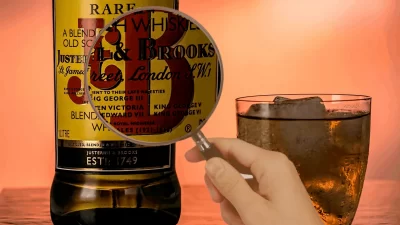
Image: Minuman
When you consume alcoholic beverages, there are good chances of it being adulterated. Well, statistics show that this is a recurring problem all over the world, with 1 in 4 drinks, especially whiskey, being counterfeit.
The worst thing is that little can be done to distinguish the original from the fake. At least, until now.
With this problem in mind, a group of biomedical engineers at South Korea’s National Institute of Agricultural Sciences developed a special QR code as a security measure. Scientists have created the edible fluorescent silk label to reveal whether the whiskey you want to buy is fake.
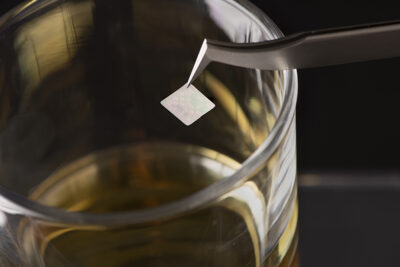
Image: Purdue University/John Underwood
The code on the fluorescent silk label looks like a barcode and invisible to the naked eye. Furthermore, these labels are edible and do not alter the taste of the drink.
This new anti-counterfeiting technology, published in the journal ACS Central Science, could be a step forward not only in finding a solution for the alcohol industry, but also in the fight against counterfeit medicines, which are also a huge problem.
The researchers placed labels on several brands of whiskey over a 10-month period and were able to continually activate the labels and codes with a smartphone app. Furthermore, the team developed ways for the labels to be activated in various light scenarios, which allows consumers to check whether their drink is original or not.
Conscious consumption
Another proposal for edible barcodes is to allow the consumer to know exactly where each ingredient that makes up the product they are buying came from.
Image: Vitality Nutrition
This will make it easier to make more sustainable consumption choices and finally bring end-to-end transparency to the food system. After all, once we have an incorruptible record of where our food comes from, we can track it from the farm to the plate, right?
It is with this in mind that the Canadian company called Index Biosystems developed an invisible barcode in the form of baker’s yeast.
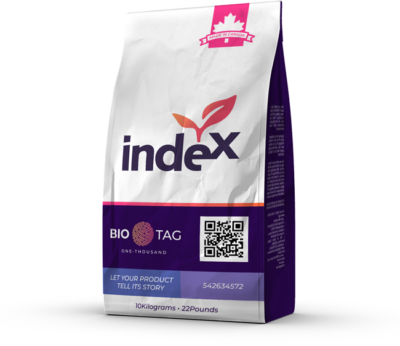
Traceable yeast created by Index./ Image: IndexBiosystems
The way it works is that the company creates what it calls a BioTag by mixing baker’s yeast with water and then sprinkling it on a product like soybeans. BioTags are incredibly sticky once applied and remain glued to the surface of the grains. From here, BioTab becomes, in a way, an invisible barcode that the company or customers can read and find out about the production of that food and how it got to their plate.
Technologies that change everything

Image: GettyImages
Innovations like the edible barcode promise to change many things across multiple industries. It’s not just about reducing plastic, but also about ensuring food safety and providing more information and transparency to the consumer. We bet you’re now curious to try a barcode, aren’t you?
Sources: The Spoon, QR.io, Euro News, Eurek Alert, Alimentos JR
